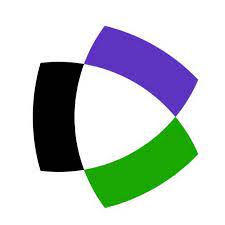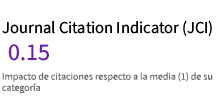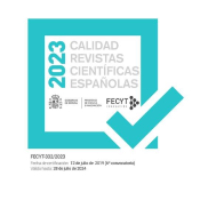Submissions
Submission Preparation Checklist
As part of the submission process, authors are required to check off their submission's compliance with all of the following items, and submissions may be returned to authors that do not adhere to these guidelines.- Include ORCID
- Should the subject under study be part of another larger research or project, this data must be included as a Note (asterisked) at the end of the title.
- As the author, you guarantee that you have all permissions to exploit with sufficient scope any illustrations, photos, quotes and other content incorporated into the work.
Contrasts
Sección reservada a contribuciones por invitación
Research Paper
La revista publica trabajos de investigación originales sobre distintos ámbitos de la historia del arte de todas las épocas, así como cuestiones de teoría del arte, estética y cultura visual.
Varia
Contribuciones breves. No se evalúan por pares.
Bibliographic comments
Reseñas de libros
Exhibition reviews
Críticas de exposciones
Copyright Notice
Todos los contenidos publicados en la revista Boletín de Arte están sujetos a la licencia Creative Commons Reconocimento-NoComercia-Compartirigual 4.0 cuyo texto completo puede consultar en <http://creativecommons.org/licenses/by-nc-sa/4.0>

Los/as autores/as cuyas contribuciones sean aceptadas para su publicación en esta revista conservarán el derecho no exclusivo de utilizar sus contribuciones con fines académicos, de investigación y educativos, incluyendo el auto-archivo o depósito en repositorios de acceso abierto de cualquier tipo.
La edición electrónica de esta revista esta editada por la Editorial de la Universidad de Málaga (UmaEditorial), siendo necesario citar la procedencia en cualquier reproducción parcial o total.
Privacy Statement
Los nombres y las direcciones de correo electrónico introducidos en esta revista se usarán exclusivamente para los fines establecidos en ella y no se proporcionarán a terceros o para su uso con otros fines.






4.png)
